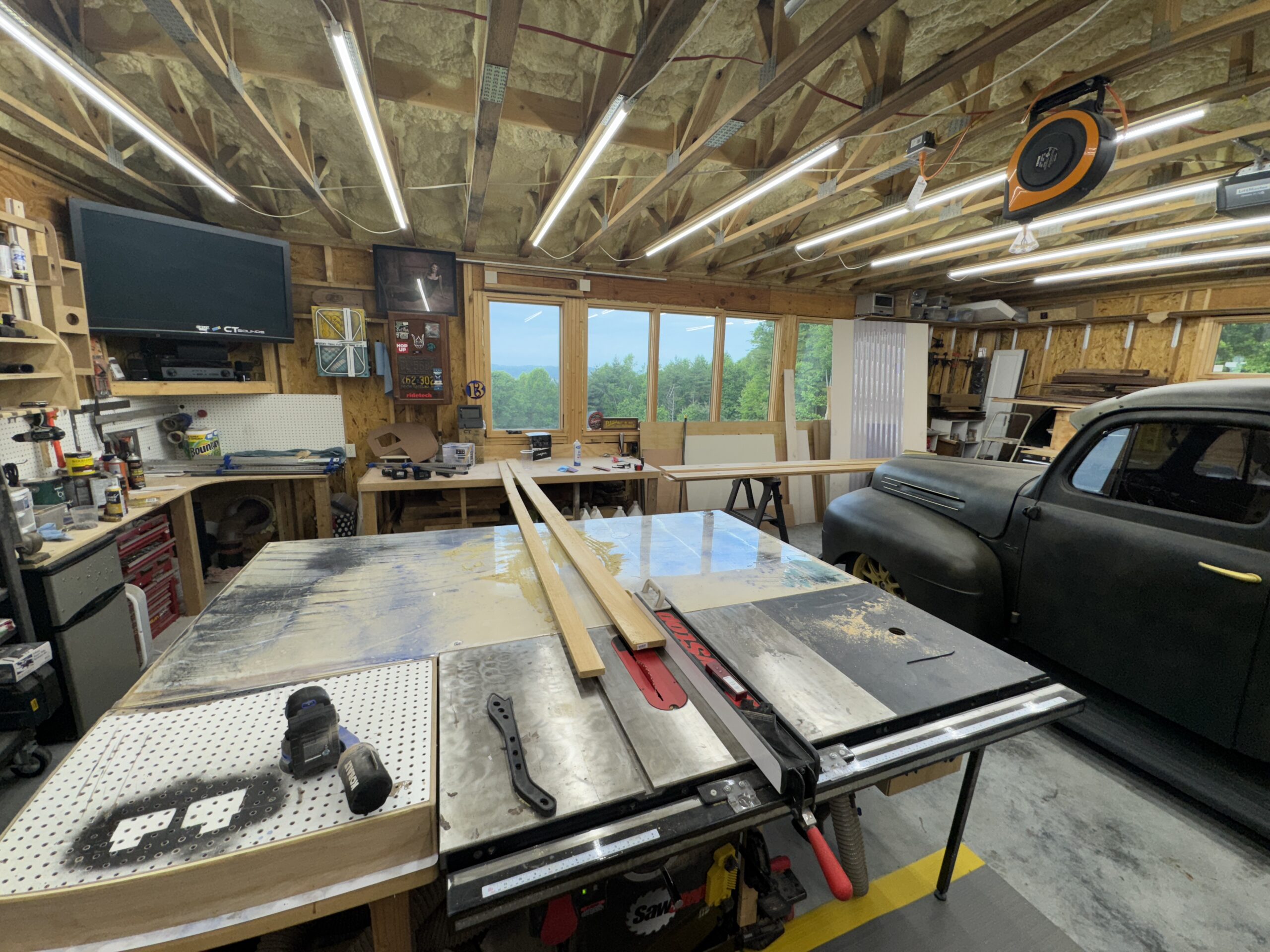Why Saying “No” Will Make You More Money Than Saying “Yes” Ever Could
“The difference between successful people and really successful people is that really successful people say no to almost everything.”
— Warren Buffett
Yesterday, I had a call with a custom home builder in Florida.
He runs three verticals: custom homes, fire restoration, and renovations. Smart guy. Motivated. Growth-minded.
And he’s hurting.
Not because he can’t build. He’s got that dialed.
But because his entire day is spent hunting—chasing leads, piecing together marketing strategies, and trying to get traction.
He’d been following my email series, booked a call, and after 20 minutes, I could see the writing on the wall.
He wasn’t ready for me.
Could I have helped him get more leads? Sure. I’ve been in sales and marketing for over 20 years.
Was he coachable and hungry? Absolutely.
But he wasn’t in the season I serve best.
I don’t run a Facebook ads agency.
I don’t sell Band-Aids for bleeding pipelines.
I help established builders scale past $5M, reclaim their time, and install the systems, team, and structure to build a business they can step back from—or sell.
That’s my wheelhouse.
That’s my zone of genius.
So I told him no.
And I pointed him to two incredible marketers who could help him faster and for less than what it would cost to work with me.
Because here’s the truth that most business owners avoid:
Saying “no” is the most profitable thing you can do.
Why Saying No Works (Psychologically and Strategically)
Most entrepreneurs live in fear of leaving money on the table.
So they say yes to every opportunity. Every prospect. Every project.
But when you say yes to everyone, you dilute your positioning.
You confuse your audience.
And you end up building a business you resent—or worse, one that never scales.
Saying no does three critical things:
1. It strengthens your authority.
Saying no signals confidence, not desperation.
It shows you know who you serve best and you’re not afraid to walk away from anything less than ideal.
In psychology, this is tied to the scarcity principle and confidence bias—when someone turns us away, we assume they must be in demand, and we place more value on their offer.
2. It increases trust.
When you refer someone elsewhere, with zero expectation of return, it builds trust faster than any pitch ever could.
People remember that.
Even if they aren’t a fit today, they’ll refer others or come back when the timing is right.
3. It attracts your ideal client like a magnet.
When your message is clear, and your standards are high, it draws in the exact kind of people you want to work with—and repels the ones who drain your time and energy.
History Proves It Too: The Case of Coco Chanel
In the 1920s, Coco Chanel was offered a lucrative opportunity to mass-produce her designs and sell them through major department stores.
She refused.
She believed exclusivity was key to her brand’s value—and turning her fashion into a commodity would destroy what made it powerful.
By saying no, she didn’t just preserve her brand…
She amplified it.
Chanel became synonymous with luxury, exclusivity, and prestige.
To this day, Chanel No. 5 is one of the best-selling perfumes in the world—nearly 100 years later.
Research Backs It Up Too
In a 2012 study published in the Journal of Consumer Research, researchers found that people who used “I don’t” (vs. “I can’t”) to set boundaries were significantly more successful at sticking to goals and were perceived as more confident and in control.
This applies directly to sales and client interactions.
Saying “That’s not who I serve” instead of “I guess I could help” triggers respect and curiosity.
It reframes the power dynamic—and in many cases, leads to higher closing rates down the line.
So What Does This Mean for You?
If you’re a builder who’s been grinding your way through growth, saying yes to everything, chasing deals that don’t serve your bigger vision—this is your wake-up call.
Every time you say yes to a less-than-ideal job, client, or hire…
…you’re saying no to your future.
The business that can scale.
The team that runs without you.
The freedom you started this whole thing for in the first place.
My Advice?
Get ruthlessly clear on:
- Who you serve best
- What you do better than anyone else
- And what you’re no longer willing to say yes to
Then enforce that line like your business depends on it—because it does.
And if you are a builder doing $5M+ who’s ready to reclaim your time, your profits, and your sanity while building a business that can scale without you…
Then let’s talk.
👉 [Grab a 20-minute call with me here.]
If I can help, we’ll go deeper.
If I can’t, I’ll point you to someone who can.
Because that’s how real business is done.
Always in your corner,
Rodric





